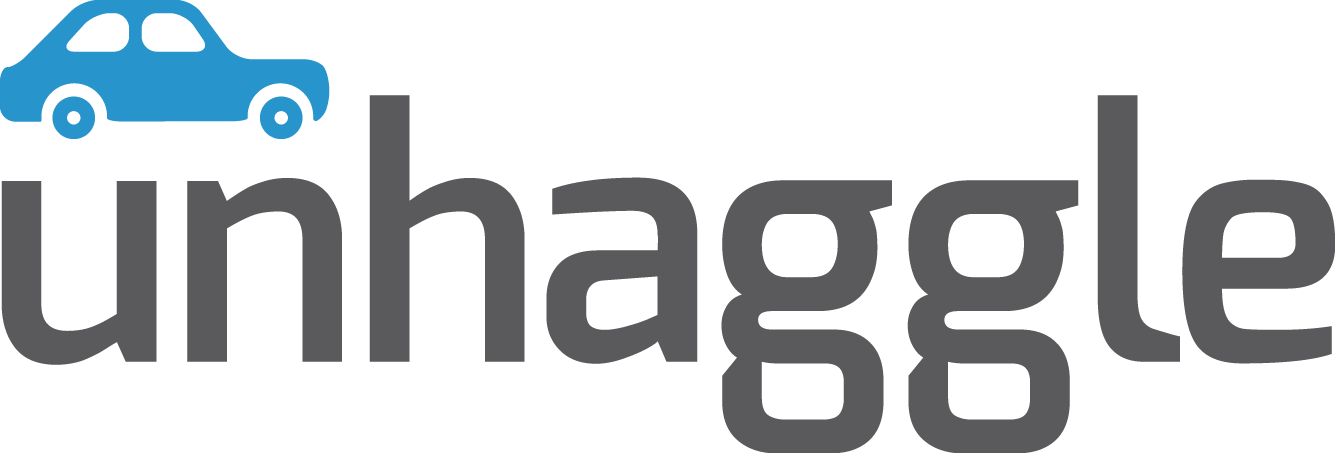
A car costs a lot of money, whether you purchase it with cash or finance it. If you are wondering what you should do to go about getting the absolute lowest price, knowing the invoice cost of your preferred vehicle is a great starting point.
The invoice price is what manufactures charge dealerships for each vehicle. The MSRP, which is the acronym for the manufacturer’s suggested retail price, is the advertised retail price – the one you are likely to see on the sticker.
The key thing to keep in mind is the dealer’s margin. That’s the room you are allowed to play with during your price negotiations, and it’s roughly 8.7 per cent per vehicle, according to research. To put this percentage in perspective, here’s an example: the 2016 BMW Z4 sDrive28i carries the MSRP of $56,200, which means that the profit margin it could generate would be under $5,000 (this is only a very rough estimate based on the percentage, not the actual margin). Since some of the most popular vehicles are cost less than the Z4, their margins are much lower as well.
The invoice price is the crucial component in making sure you don’t cut into the dealer’s profit and deprive yourself of a good deal. Here’s what you need to know about the invoice price…
Is the Invoice Price a Scam?
No. But, you may have seen dealers selling at invoice price and thought: they must’ve paid less than the invoice price for the vehicle and are just claiming to have paid more to rob you.
That’s not the case. What ends up happening is that close to the end of the year, usually in autumn, the manufacturers want their dealers to clear out older cars to make room for the new models that will be coming in soon. Dealers only sell at invoice price with significant financial support from the manufacturer. The incentives that make this possible are known as dealer cash and dealer holdback. Dealer cash is given after a sale, and it’s usually under $1,000. Dealer holdback works because manufacturers commonly inflate the invoice price and later they give this amount back to the dealers. This allows the dealership to sell at the invoice price they paid for, get a higher amount of credit if the vehicle was financed and still make a profit when the holdback comes in.
Dealer cash and dealer holdback are not advertised to the consumer, but that doesn’t mean you can’t benefit from them. When you do see vehicles moving at invoice price, this is usually the reason – and it’s usually the best deal you can get. You can, of course, try to push the dealer to budge a little more, but don’t be surprised if they refuse.
Finding Out the Invoice Price
The first step to take is to get the invoice price from our free report and then request quotes from a dealer to see how much you’ll get charged. That way, you know your numbers and where to start.
Dealers don’t openly disclose the invoice price, but neither do retailers such as Walmart. The culture of car shopping is built around price negotiations, but at the end of the day, dealerships operate under the same rules as any other retailer.
Using the Invoice Price to Negotiate
So, a few tips to remember when negotiating: the first is the three-to-seven-per-cent rule. By adding a percentage to the invoice price, you’ve got a reasonable number to start your negotiation. And don’t touch the invoice price unless that’s what the dealer is already offering. Keep in mind that dealers are people too, who are there to do their job. Most of them just want you to walk away as a happy customer. If you do come across a salesperson you perceive as pushy, mean or plain unreasonably, politely refuse anything they offer and walk away. You don’t need to deal with bad customer service if you don’t want to.
New vehicles bring in surprisingly little profit and manufacturers know this. Always do your research and go in with realistic expectations. If you can steer the conversation to keep it within the right limits and on topic, you’ll be driving away in a new car in no time.






